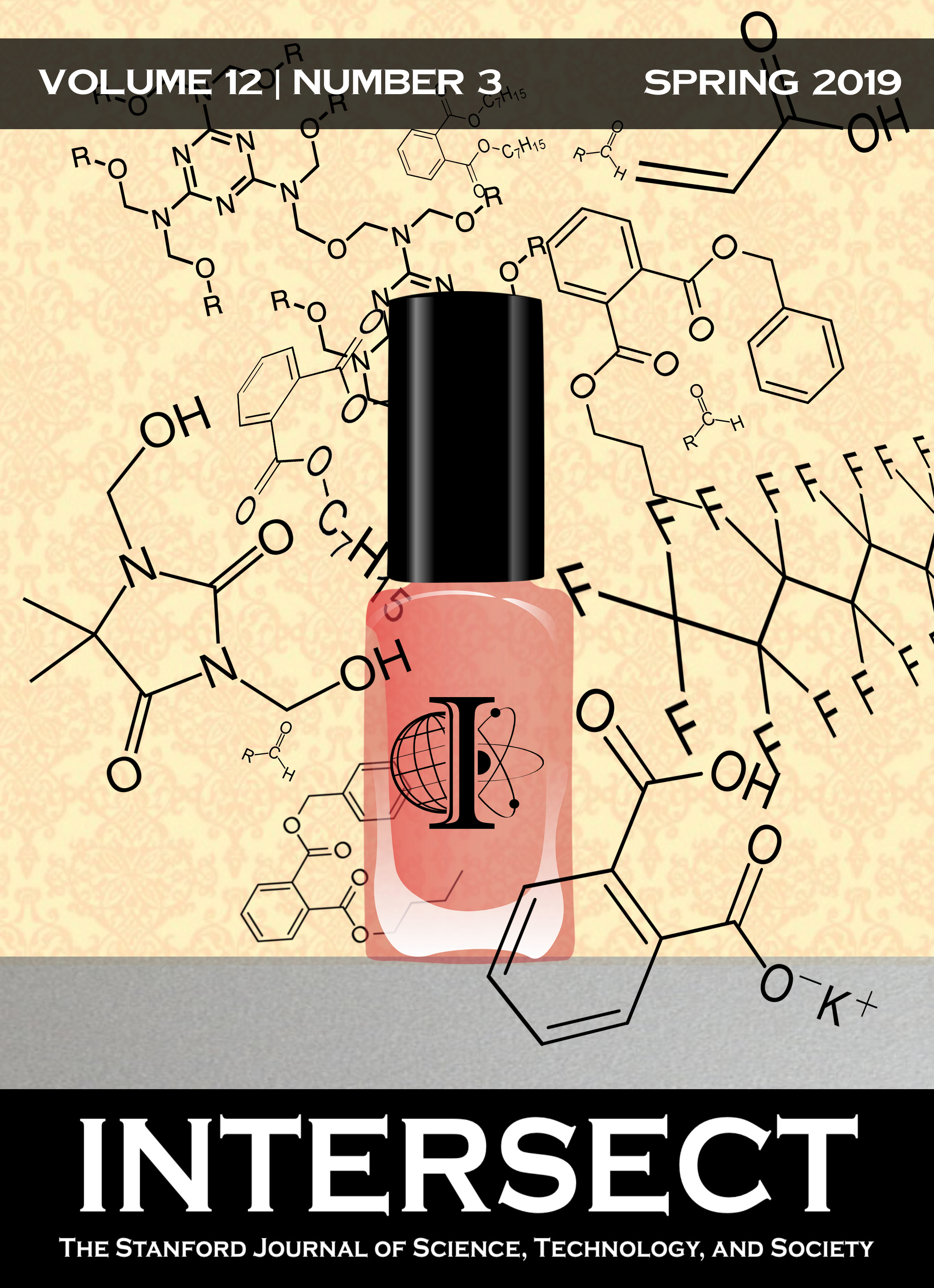NATURE Lab
Using Art as a Vehicle for Unconventional Science Practices in a Post-Industrial Neighborhood
Abstract
STEAM is a buzzword in education today, but the recent addition of the "A" to the more-popular acronym STEM tends to characterize art as secondary to math and science. In order to explore an environment where the dichotomy is flipped, I conducted 18 weeks of participant observation at The Sanctuary for Independent Media in North Troy, NY, specifically as a part of their science initiative, NATURE Lab. The Sanctuary is a community organization led mostly by artists and supported by volunteers who provide documentary showings, concerts, potlucks, lectures, and other community events. In my ethnographic observation, a pattern of unconventional science practices as framed by and supported through art emerged, particularly with regards to rewilding/urban/ruderal ecologies, biohacking, and environmentally oriented citizen science. This deliberate use of art and artistic critique to engage everyday citizens with science provided a model for increasing science literacy and democratizing science practices, an indispensable act in the age of American climate denialism and increasing educational stratification.
Downloads
Published
Issue
Section
License
Authors who publish with this journal agree to the following terms:- Authors retain copyright and grant the journal right of first publication with the work simultaneously licensed under a Creative Commons Attribution License that allows others to share the work with an acknowledgement of the work's authorship and initial publication in this journal.
- Authors are able to enter into separate, additional contractual arrangements for the non-exclusive distribution of the journal's published version of the work (e.g., post it to an institutional repository or publish it in a book), with an acknowledgement of its initial publication in this journal.
- Authors are permitted and encouraged to post their work online (e.g., in institutional repositories or on their website) prior to and during the submission process, as it can lead to productive exchanges, as well as earlier and greater citation of published work (See The Effect of Open Access).

